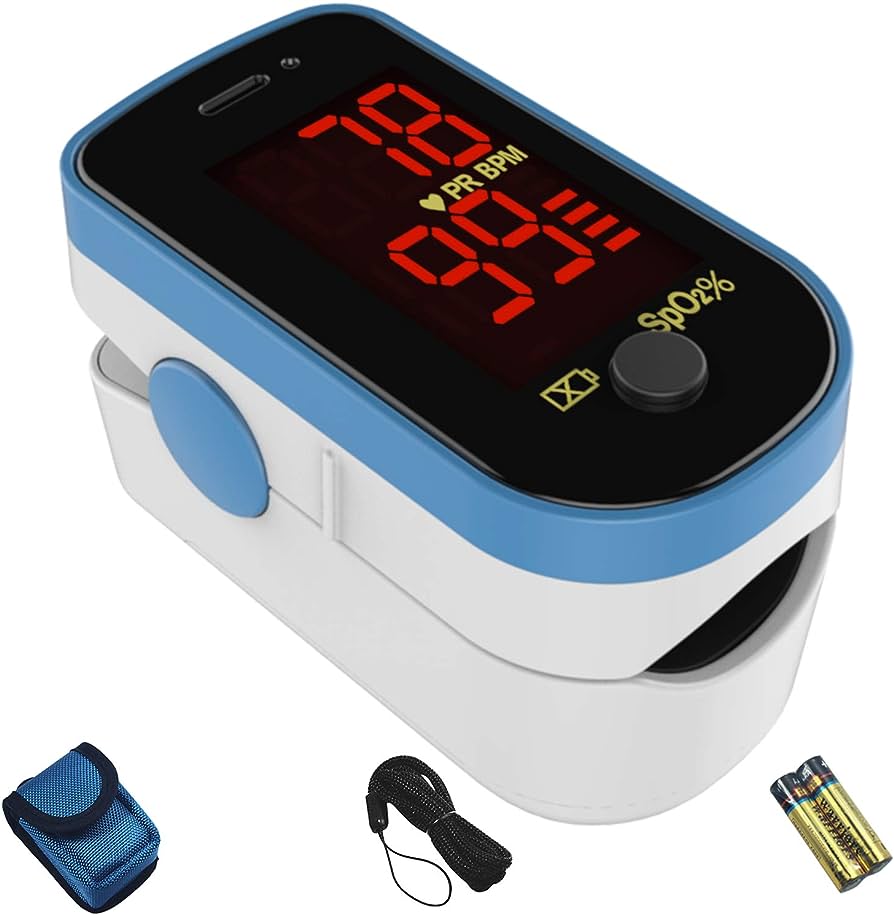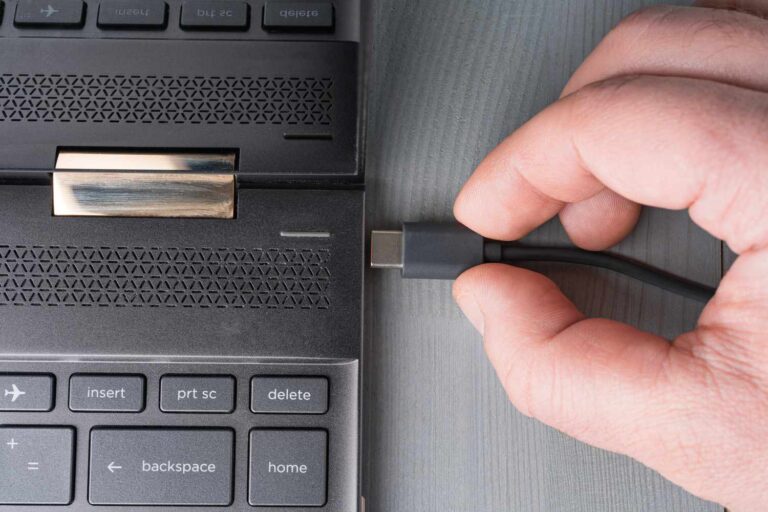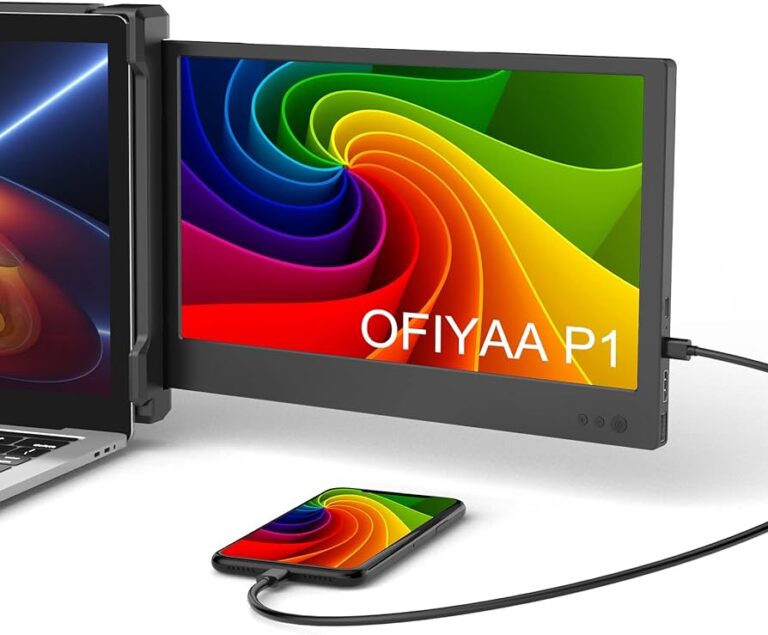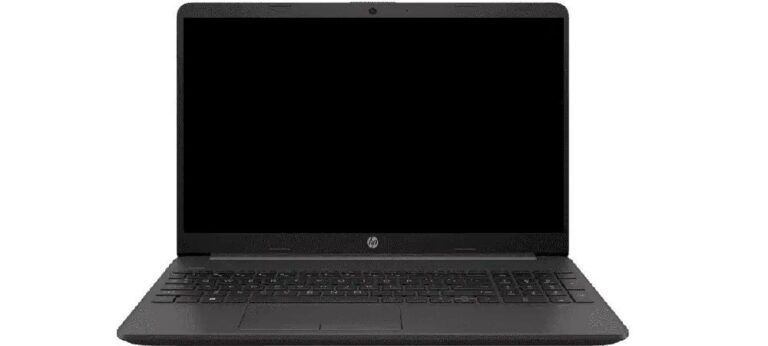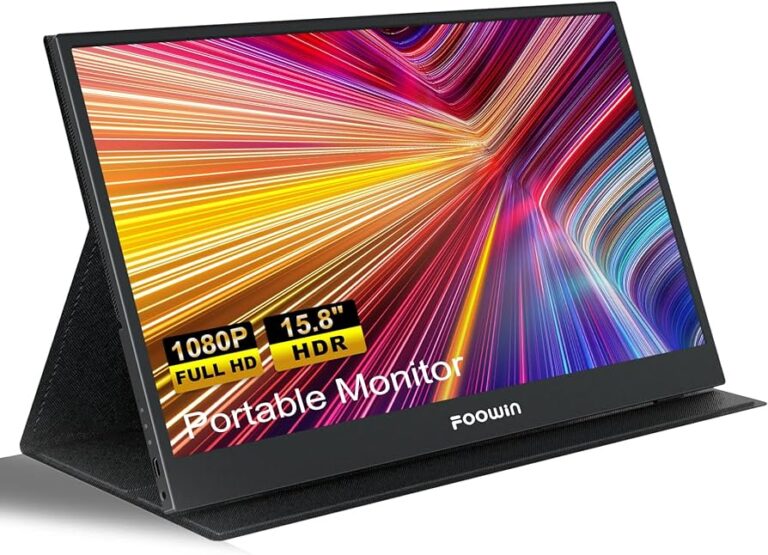Why is Your Oxygen Sensor Monitor Not Ready? Find Solutions Now
If the oxygen sensor monitor is not ready, check the status of other monitors as well. If the oxygen sensor and catalyst monitors are also not ready, it is likely due to a weak battery.
If your battery is over four years old, replace it and redo the drive cycle.
Oxygen Sensor Monitor Challenges
If your oxygen sensor monitor is not ready, you may need to check if any other monitors are also not ready. A weak battery could be the culprit, especially if the oxygen sensor and catalyst monitors are affected. Consider replacing the battery if it is more than four years old and run the drive cycle again.
Understanding The ‘not Ready’ Status
When it comes to monitoring the oxygen sensors in your vehicle, it is crucial to understand the significance of the ‘Not Ready’ status. This status indicates that your vehicle’s computer has not had the opportunity to check all of the components of the emissions control system thoroughly. As a result, it cannot determine if everything is working as designed. Having a ‘Not Ready’ status for your oxygen sensor monitor means that the system may not be able to detect any potential problems or malfunctions.
Common Causes And Immediate Checks
There are several common causes that can contribute to the ‘Not Ready’ status of your oxygen sensor monitor. By performing immediate checks, you can diagnose and potentially resolve the issue at hand. Here are some common causes and immediate checks to consider:
| Causes | Immediate Checks |
|---|---|
| A weak battery | Check the age of your battery. If it is more than four years old, replace it and re-run the drive cycle to reset the monitors. |
| Drive cycle issues | Check if the drive cycle is incomplete. If so, follow the recommended drive cycle procedure for your specific vehicle to ensure all monitors are ready. |
| Malfunctioning oxygen sensors | Inspect and test your oxygen sensors to ensure they are functioning properly. Replace any faulty sensors if necessary. |
| Other monitor issues | Check the status of other monitors, such as the catalyst monitor. If multiple monitors are not ready, it could indicate a larger underlying problem. |
By addressing these common causes and conducting immediate checks, you can increase the chances of resolving the ‘Not Ready’ status of your oxygen sensor monitor. Remember, a properly functioning oxygen sensor monitor is vital for the overall health and efficiency of your vehicle’s emissions control system.
“not Ready” State Explained
Understanding the “Not Ready” state for the Oxygen Sensor Monitor is crucial. If this monitor, along with the Catalyst and other monitors, isn’t ready, it could be due to a weak battery. By replacing the battery and re-running the drive cycle, you can resolve this issue.
Ensure all monitors are ready to pass an emissions test.
Emissions Control System Components
The emissions control system in your vehicle consists of various components working together to reduce harmful emissions released into the atmosphere. These components include the oxygen sensor, catalyst, evaporative emission control (EVAP) system, and more. Each component plays a vital role in ensuring your vehicle meets the required emissions standards.The Role Of The Oxygen Sensor Monitor
The oxygen sensor monitor is a crucial part of the emissions control system. Its primary function is to monitor the efficiency of the oxygen sensor, which measures the amount of oxygen in the exhaust gases. By continuously monitoring the oxygen levels, the sensor provides important data for the engine control unit (ECU) to adjust the air-fuel mixture, ensuring optimal combustion and reducing harmful emissions. Therefore, a properly functioning oxygen sensor monitor is essential for maintaining the overall performance and efficiency of your vehicle’s emissions control system. When you take your vehicle for an emissions test, the technician may inform you that one or more monitors, including the oxygen sensor monitor, are in a “not ready” state. But what exactly does this mean? A “not ready” state indicates that the vehicle’s computer, also known as the ECU, has not completed the necessary tests to ensure all components of the emissions control system are functioning correctly. The ECU performs a series of self-diagnostic tests, commonly known as drive cycles, to validate the proper operation of these components. Each monitor requires specific conditions to be met, such as engine temperature, vehicle speed, and driving mode, to complete its test successfully. Until all monitors have completed their tests, the ECU will flag them as “not ready.” It’s important to note that the “not ready” state doesn’t necessarily mean there is a problem with your vehicle’s emissions control system. Instead, it indicates that the ECU hasn’t had the opportunity to validate the full functionality of each component. This could be due to various reasons, such as recent repairs, battery replacement, or an incomplete drive cycle. To rectify this situation and ensure all monitors are in a “ready” state, you will need to perform a drive cycle. A drive cycle involves driving the vehicle under specific conditions for a set distance or time to allow the ECU to conduct its tests. It’s recommended to consult your vehicle’s owner’s manual or contact a qualified mechanic to determine the specific requirements for completing a successful drive cycle for your particular vehicle make and model. In conclusion, the “not ready” state of the oxygen sensor monitor, or any other monitor in your vehicle’s emissions control system, simply indicates that the necessary tests haven’t been completed. It is crucial to address this issue to pass emissions testing and ensure your vehicle is operating within the required emissions standards. Performing a proper drive cycle will allow the ECU to validate the functionality of all components and bring the monitors to a “ready” state.Identifying The Causes
When it comes to the Oxygen Sensor Monitor Not Ready issue, it is crucial to identify the causes behind it. By understanding what might be causing this problem, you can take necessary steps to resolve it. Let’s explore some possible causes:
Simple Checks: Battery And Connections
A weak battery can often be the culprit behind an oxygen sensor monitor not being ready. If your battery is more than four years old, it is advisable to replace it and run the drive cycle again. But before replacing the battery, ensure that it is properly connected to the vehicle’s electrical system.
Performing simple checks on the battery and its connections can help you rule out any potential issues. Follow these steps:
- Inspect the battery terminals for any signs of corrosion or loose connections.
- Tighten any loose connections and clean off any corrosion with a wire brush.
- Check the battery voltage using a voltmeter. If the reading is below the recommended level, it may indicate a weak battery.
The Drive Cycle: Essential Steps
The drive cycle is a series of steps that need to be followed in order to complete the necessary tests for the oxygen sensor monitor. Sometimes, the monitor may not be ready because the drive cycle has not been completed correctly. Here are some essential steps to ensure a successful drive cycle:
- Make sure the vehicle’s fuel tank is between 1/4 and 3/4 full.
- Ensure that the engine is completely warmed up before starting the drive cycle.
- Drive the vehicle on both highway and city roads, maintaining a consistent speed and avoiding sudden stops or accelerations.
- Perform both steady-state driving and idle conditions during the drive cycle.
- Avoid disconnecting the battery or clearing any trouble codes before completing the drive cycle.
By following these steps and adhering to the specific requirements of your vehicle’s manufacturer, you can increase the chances of completing a successful drive cycle and resolving the oxygen sensor monitor not ready issue.
Find Solutions To Sensor Readiness
If you’ve encountered an issue with your oxygen sensor monitor not being ready, don’t worry. There are several strategies you can try to reset the monitor and ensure it functions properly. In this section, we will explore different approaches to help you address this concern and get your vehicle back on track.
Strategies For Oxygen Sensor Monitor Reset
When it comes to resetting your oxygen sensor monitor, there are a few methods you can employ. Here’s a breakdown of effective strategies:
- Perform a Drive Cycle: A drive cycle involves driving your vehicle under certain conditions for a specific duration. This allows the onboard computer to run a series of diagnostic tests and reset the monitor. Consult your vehicle’s manual or contact the manufacturer to learn more about the recommended drive cycle procedure.
- Check Other Monitors: It’s crucial to determine the status of other monitors in your vehicle. If the oxygen sensor monitor and catalyst monitors are also not ready, there’s a high chance your battery might be the culprit. Consider replacing an old battery that is more than four years old and re-run the drive cycle to ensure optimal performance.
- Seek Professional Help: If your attempts to reset the oxygen sensor monitor are unsuccessful or if you are unsure about performing the drive cycle procedure, it is advisable to seek professional assistance. Automotive technicians possess the knowledge and tools necessary to diagnose and resolve the issue efficiently.
When To Seek Professional Help
While some individuals have the skills and resources to troubleshoot oxygen sensor monitor issues themselves, there are certain scenarios where professional intervention is essential for a timely resolution. Here are some signs that indicate it’s time to consult an expert:
- If you have attempted multiple drive cycles and the oxygen sensor monitor remains unresponsive, it’s advisable to consult a professional.
- If you lack technical expertise or diagnostic tools required for troubleshooting the oxygen sensor monitor, it’s best to leave the task to an automotive specialist.
- If you are unsure about the underlying causes or solutions for the sensor readiness issue, it’s always beneficial to seek professional guidance.
Remember, ensuring the proper functionality of the oxygen sensor monitor is crucial for optimal vehicle performance and compliance with emissions control regulations. Therefore, if you encounter persistent difficulties, don’t hesitate to seek help from a qualified technician.
Beyond The Basics: Advanced Diagnostics
If your oxygen sensor monitor is not ready, it’s essential to check other monitors as well. Weak battery could be the culprit, especially if the oxygen sensor and catalyst monitors are also not ready. Consider replacing the battery if it’s more than four years old and re-run the drive cycle.
Drive Cycle Issues: What to Do When the Drive Cycle Won’t Complete – RepairPal. com
If you’re experiencing an Oxygen Sensor Monitor Not Ready issue with your vehicle, it’s time to delve into more advanced diagnostic techniques. Understanding how to interpret On-Board Diagnostics (OBD) data and effectively manage persistent oxygen sensor issues is crucial for resolving this problem. In this section, we will explore these advanced diagnostic methods in detail.
Interpreting On-board Diagnostics (obd) Data
Interpreting the data provided by the OBD system is essential for understanding the root cause of the Oxygen Sensor Monitor Not Ready issue. By accessing this data, you gain valuable insights into the health of your vehicle’s emissions control system.
Here are some key points to consider when analyzing OBD data:
- Check the number of monitors that are not ready: By evaluating the status of other monitors, such as the catalyst monitor, you can better pinpoint the underlying problem. If multiple monitors are not ready, a weak battery is often the culprit. If your battery is more than four years old, it is advisable to replace it and re-run the drive cycle.
- Drive Cycle Issues: In some cases, the drive cycle may not complete, preventing the oxygen sensor monitor from reaching the ready state. If this is the case, you need to take appropriate steps to resolve drive cycle issues. RepairPal.com provides comprehensive resources on what to do when the drive cycle won’t complete.
- Understanding “Not Ready” Result: When you encounter a “not ready” result for the oxygen sensor monitor, it means that your vehicle’s computer hasn’t had a chance to check all the components of the emissions control system. Consequently, it cannot determine if everything is functioning as designed. It is essential to address this issue to ensure optimal performance and compliance with emissions standards.
Managing Persistent Oxygen Sensor Issues
If you’re continuously experiencing Oxygen Sensor Monitor Not Ready problems, it’s vital to take proactive steps to manage and rectify them effectively. Here are a few approaches to consider:
- Replace the oxygen sensor: In some cases, a faulty or degraded oxygen sensor can contribute to monitor readiness issues. Consider replacing the oxygen sensor with a high-quality, compatible replacement to eliminate this potential cause.
- Address other potential malfunctions: Besides the oxygen sensor, there could be other components or systems causing the non-readiness of the monitor. Monitoring the performance of other emissions control components, such as the catalyst, can help identify any underlying malfunctions.
- Consult with a professional: If you’re unable to resolve the Oxygen Sensor Monitor Not Ready issue on your own, it’s advisable to seek assistance from a certified mechanic or automotive technician. Their expertise and specialized diagnostic tools can help identify and rectify the problem more efficiently.
By applying these advanced diagnostic techniques and proper management strategies, you can overcome the Oxygen Sensor Monitor Not Ready issue and ensure the optimal performance and compliance of your vehicle’s emissions control system.

Credit: www.pcmag.com
Frequently Asked Questions Of Oxygen Sensor Monitor Not Ready
How Long Does It Take For O2 Sensor To Be Ready?
It usually takes several drive cycles for an O2 sensor to be ready. If the O2 sensor monitor is not ready, check other monitors. If the battery is weak, replace it and run the drive cycle again. A “not ready” result means the vehicle’s computer hasn’t checked all emissions control parts yet.
What Does O2 Sensor Not Ready Mean?
If your O2 sensor is not ready, it means your vehicle’s computer has not had a chance to check its emissions control system. This could be due to other monitors not being ready or a weak battery. Replace your old battery if needed and rerun the drive cycle to reset the sensor.
How Many Miles Do You Have To Drive To Reset Oxygen Sensor?
You don’t need to drive a specific number of miles to reset an oxygen sensor. The sensor will reset during a complete drive cycle, which typically involves driving at various speeds for about 50-100 miles.
Why Is My Oxygen Sensor Monitor Not Ready?
If your oxygen sensor monitor is not ready, it means your vehicle’s computer has not checked all emission control parts for problems. It needs to ensure everything is working properly before determining if there are any issues.
Conclusion
If you’ve come across the “Oxygen Sensor Monitor Not Ready” issue, it’s crucial to check if other monitors are also not ready. A weak battery may be the root cause, especially if the oxygen sensor and catalyst monitors are affected as well.
Consider replacing your battery if it’s more than four years old, and rerun the drive cycle. Remember, a “not ready” result indicates that your vehicle’s computer hasn’t had a chance to check all emissions control parts. Drive the required miles to reset the oxygen sensor and other monitors, ensuring they function properly.
